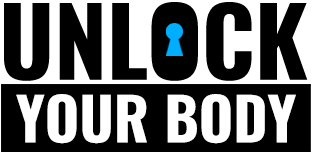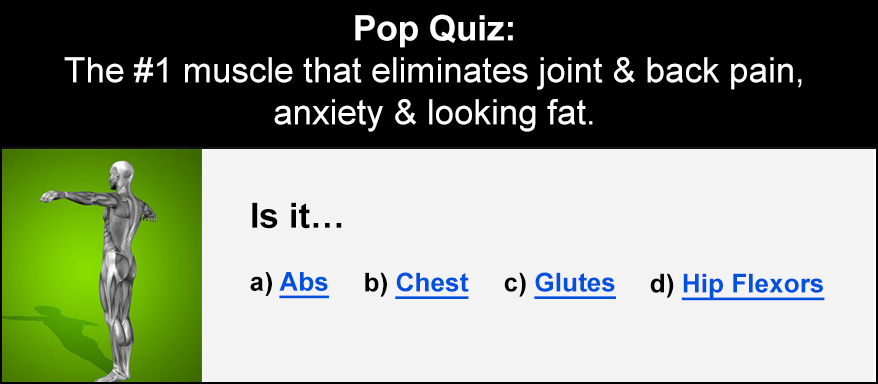
One of the interesting things that we’ve seen in the modern world is that sitting is everywhere, and it seems to be affecting us at the physical level.
Today, we’re discussing sitting , and we promise it’s more interesting than it sounds. We’re going over what sitting does to your body, how you can deal with these new problems, and how you make sure that you age in a strong, healthy way.
Sitting in the 21st Century
How many hours a day do you think you spend sitting down? How about at work? Driving? Watching TV?
These add up fast, and it’s estimated that adults tend to sit for around eight hours a day. This is roughly as much time as you’ll spend asleep … maybe more.
If this statistic isn’t enough to get you out of your seat, literally, then it’s going to be important to figure out why this is a disaster for your body.
The fact is that modern life has put us in a seat and it has taken over our lives. This is even more of a concern since we know that most people have bad seating posture, and this lack of thought for how our bodies are positioned is turning up where it matters: with the injuries and long-term pain in the joints.

Let’s look at what’s up with sitting so much…
What You Know
It’s fair to say that you know sitting all the time isn’t the best thing for you. It’s commonly known, but it doesn’t seem to ever affect common practice.
The way we sit right now is just like the way most people run … without any thought. It’s a position we all learn as kids and the result is that we all think we can do it, but we almost always do it wrong or revert to bad habits.
Basic Positioning: Are You Good at Sitting?
With the sheer amount of hours we spend sitting, doing it wrong can easily stack up into pain and muscular problems.
The ergonomics primarily affect the hips, spine, and shoulders/neck. These areas can easily become tight and poorly-positioned if you’re not taking care to be deliberate about them. These are also areas with very common and uncomfortable problems, when they do arise: impingements, chronic pain, and reduced movement.
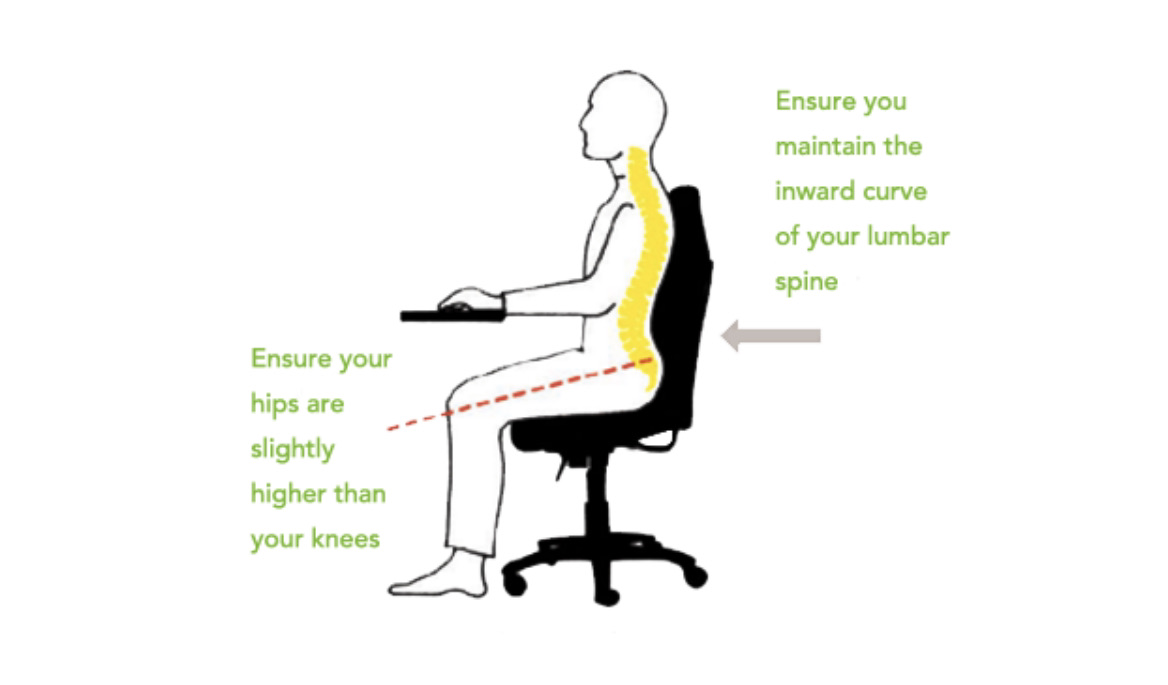
Obviously, the easiest solution is to not be in a compromised position and reduce your time sitting. You already know that staying active is good for you and too much sitting is associated with reduced activity. Increasing movement and reducing sitting are independently useful.
This is often just a matter of taking breaks because it’s prolonged seating that is the problem, not 15-30 minutes here and there. In the office, this could just be getting up and going for a stroll on a regular basis, where you re-active the hips and core, essentially breaking the negative effects of sitting.
However, while this is all well-known, it’s not all there is to sitting, and we want to look at the new, interesting science on why you need to sit less…
Sitting on Metabolism and Posture
The problems we’re seeing on sitting in recent years extend beyond the risk of some forward-head posture. We start to see that there are metabolic risks to sitting too much … even with an active lifestyle.
Prolonged sitting is one of the fastest ways you can reduce your metabolic rate in the short term. It is persistent sitting and not sitting in general that causes these issues, while breaks seem to rapidly reverse the issues.
This is also paired with reductions in cognitive performance and wakefulness. Even moving for 2-5 minutes every half hour can reduce these effects and help you remain alert and focused. This is relevant for your work life, if you’re at a desk, where mood and productivity will drop off without regular or even light exercise.
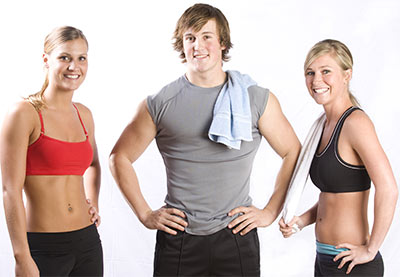
At a postural level, we also need to look at the hips more than ever. The onset of hip impingement continues to be more and more closely associated with the tightness and weakness that comes from prolonged, uninterrupted sitting.
Even more of a concern is how this impacts on the erectors of the spine; the muscles that keep you upright. These are switched off and inactive in most sitting positions, which is a huge problem because weakness and loss of control in the multifidus is closely tied to the onset of lower back pain.
So, the new risks of sitting are important, easy to experience, and characterize a lot of the common problems we see in posture as we age: back pain, poor metabolism, and cognitive decline.
Naturally, you want to reduce these issues as soon as possible!
What You Can Do
Sit Less
The obvious first solution we need to look at is to stop sitting so much.
You might not always be able to be active at work because sometimes work at a desk, requires being at a desk. However, the rest of your sitting time, your sitting time at home for example, is under your control and benefits from some small changes.
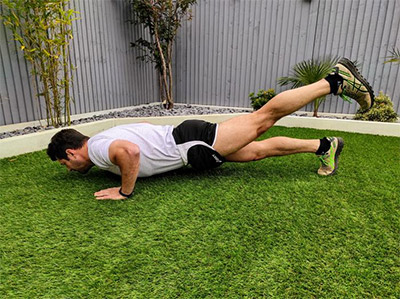
In these areas, there’s a huge benefit to occupying yourself with a more active lifestyle and some movement-based hobbies (whether that’s gym, sport, hiking, swimming, walking, or yoga, it doesn’t matter). Moving more offsets the daily burden of sitting and the negative effects it has on your body and mind.
Less sitting in the times that you are in control of is the best way to solve the risks associated with sitting. As mentioned above, even walking around for a few minutes can help offset these risks and stimulate the brain and body alike.
Regular Exercise
Obviously if you move more, you’re breaking up your usual sitting time while also strengthening the regions of the body most at-risk from sitting. This is a great dual-benefit and you should be occupied with activity and/or exercise on a daily basis, as that’s what your body is designed to do. Not to mention that it benefits literally every area of your life.

This exercise should focus on the hips and spine; they have large mobility and strength demands. Strength training is great here, whether bodyweight or resistance, and regular core/lower back work should characterize any good exercise plan.
Movements like lying leg raises, planks, side planks, glute bridges, lunges, and other simple movements. These all strengthen the glutes and core, develop spinal stability, and shore up all the bits of your body that are most at-risk.
You should also get some upper back movement to strengthen the scapular retractors, external rotators of the shoulders, and strengthening the upper back. Here, our favorites are band pull-aparts, inverted rows, lying spine extensions, and back extensions.
A Simple Routine for At-Desk and Away-From-Desk Stretching/Strength
One of the ways you can offset the risks of siting is to actually use simple at-desk movements, stretches, and other forms of movement. These help to alleviate common problems, offset metabolic and cognitive risks, and should contribute to long-term mobility and joint health.
Better desk posture through this process, as mentioned above, should also be practiced. Focus on regularly moving into good posture with the shoulders back, chest open, and active back/hips.

You can also work to find alternatives for the desk we’re all accustomed to; standing desks, ergonomic chairs, and even balance balls offer a slightly different experience, since they are more ‘active’ for the postural muscles.
These are especially useful at home, where nobody is going to get on your case about the kind of seating you use. They’re not a wonder-fix, but they are a better and healthier alternative to the standard chair and its ability to support a more slumped posture.
Final Thoughts
Sitting is a sign of the times; a form of inactivity that abounds in day-to-day life and slowly contributes to a gradual wearing processes on the body and mind.
We want to cut down sitting, we want to sit better and we want to replace as much sitting as possible with something better. It’s a 3-piece improvement to your life and it can significantly improve your long-term health, fitness, and well-being,
Work on your sitting practices and habits, and you’ll notice additional benefits across the board. When multiplied across the huge number of sitting hours, these small tweaks can produce big changes.

